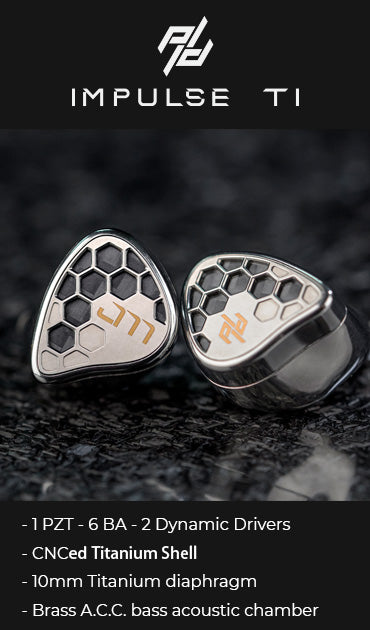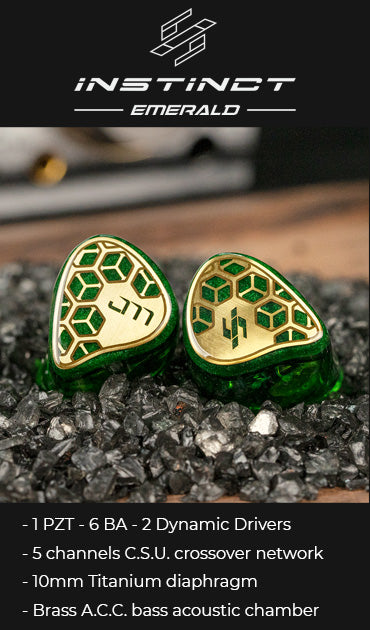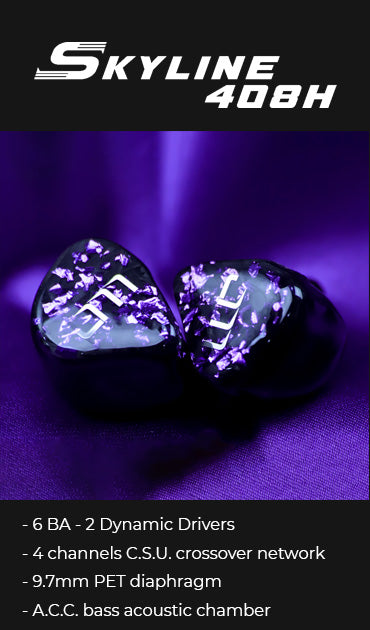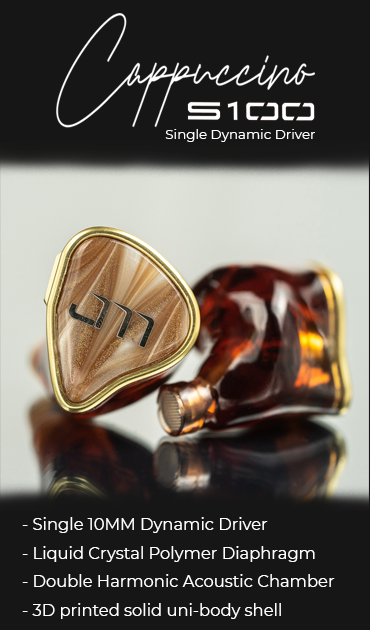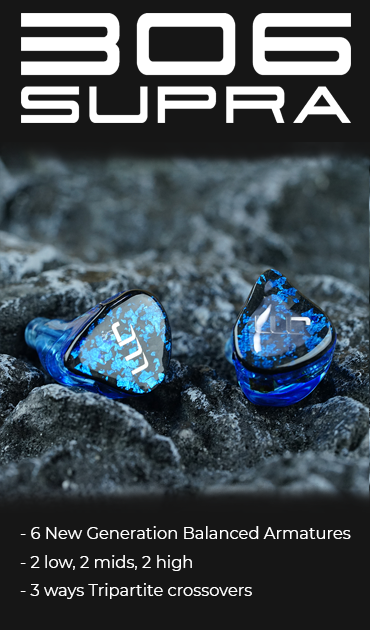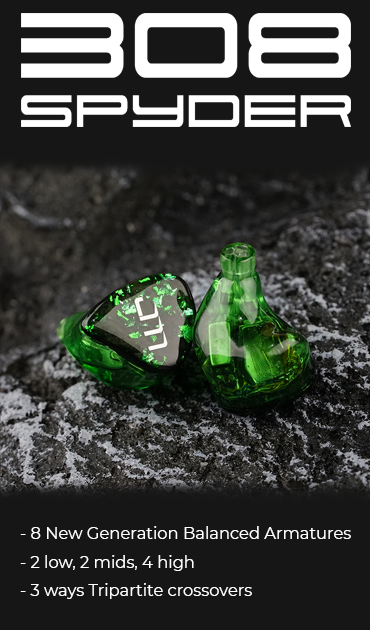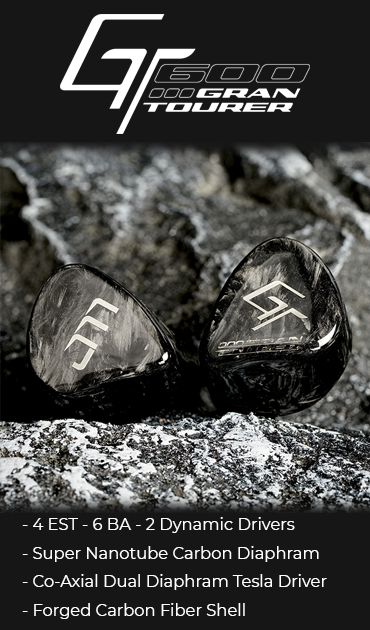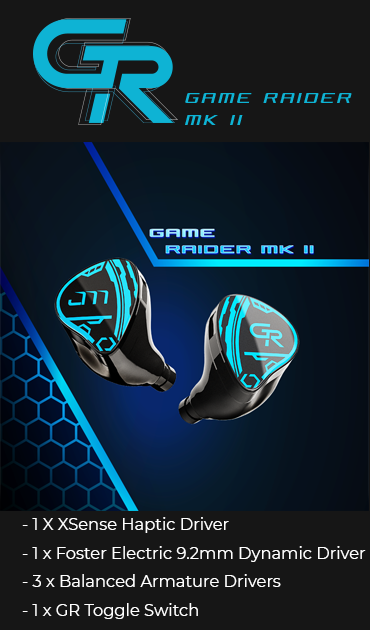Chapter 3: The Emergence of Modern In-Ear Monitors
The 1980s heralded a transformative era in the realm of stage monitoring—the birth of modern in-ear monitors (IEMs). It was a period marked by collaboration, innovation, and the pursuit of a revolutionary solution that would redefine how musicians monitored their performances on stage. At the forefront of this revolution stood the iconic rock band, The Who, and their pivotal role in ushering in a new era of audio technology.
The Pivotal Role of The Who
The year was 1980 when The Who, renowned for their electrifying live performances, faced a conundrum familiar to many artists—an arduous struggle with traditional stage monitoring. Dissatisfied with the limitations of existing monitoring systems, the band sought to revolutionize their stage experience by collaborating with a team of engineers and audio professionals.
The collaboration between The Who and this team of innovators set the stage for what could be considered the first modern in-ear monitor system. Their visionary pursuit aimed to provide The Who with a solution that would offer precision, isolation, and control over their sound—an audacious leap from the conventional floor wedges and speaker systems.
Multi-Driver Designs and Custom Molds
At the heart of this groundbreaking system lay the integration of multi-driver designs and custom molds—an innovation that would redefine stage monitoring. Unlike traditional headphones or earpieces, these custom molds were meticulously crafted to snugly fit the contours of the individual band members' ears, offering unparalleled comfort and sound isolation.
The incorporation of multi-driver designs represented a significant departure from conventional single-driver earpieces. This innovative approach involved multiple drivers within each earpiece—dedicated to reproducing distinct frequencies, delivering clarity across the spectrum, and enabling musicians to discern intricate nuances within their compositions.
The transformative impact of multi-driver designs and custom molds was immediate and profound. Musicians experienced a newfound clarity and precision in their monitoring, allowing them to hear their performances with unparalleled fidelity. The stage was no longer cluttered with floor monitors, granting artists the freedom to move unrestricted while staying immersed in their music.
Initial Challenges and Refinements
The nascent stages of modern in-ear monitors were not without their challenges. The initial iterations of these systems faced technical hurdles, ranging from fitment issues and discomfort to limitations in audio fidelity. The custom molds, while offering superior isolation, required meticulous precision in crafting to ensure a comfortable and secure fit for each musician.
The refinement process involved continuous iterations and improvements, with engineers and manufacturers striving to address these challenges. Innovations in materials, design techniques, and manufacturing processes played a pivotal role in overcoming these initial hurdles.
The pursuit of perfecting IEM technology led to refinements in the fitment process, enhancing comfort and seal while maximizing sound isolation. Additionally, advancements in driver technology and audio transmission systems contributed to elevating the audio fidelity and overall performance of in-ear monitors.
The emergence of modern in-ear monitors in the 1980s marked a watershed moment in audio technology. The collaboration between The Who and pioneering engineers laid the groundwork for a revolution that would redefine stage monitoring and set the stage for a new era of personalized, immersive, and high-fidelity audio experiences.


